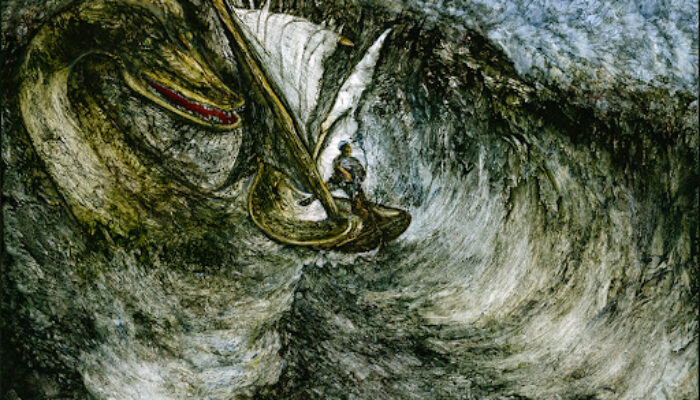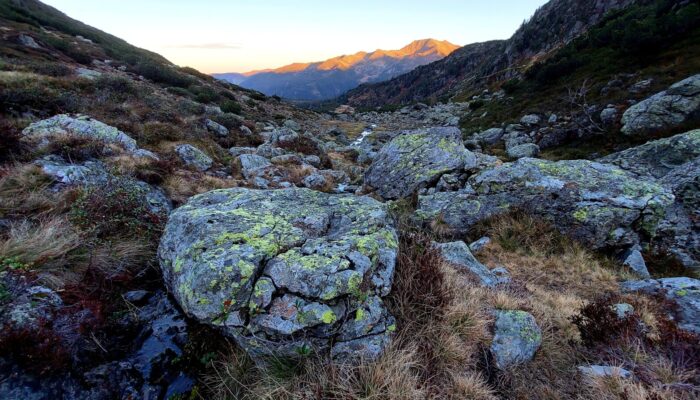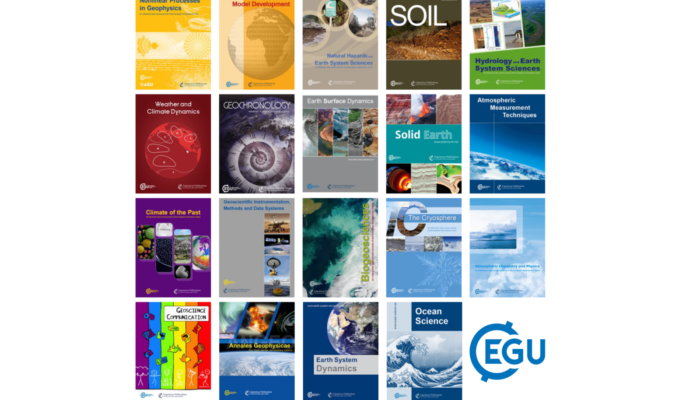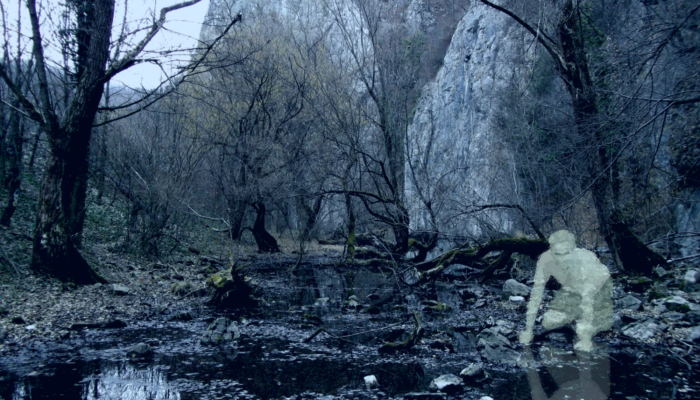Folk tales and myths, they’ve lasted for a reason. We tell them over and over because we keep finding truths in them, and we keep finding life in them. ~ Patrick Ness, American-British author (*nae, this Ness isn’t related to Nessie) Is it an eel? Is it a snake? Is it a diplodocus with fins? No, it’s Nessie! If there’s one myth that has weathered the passage of time and stands in defi ...[Read More]
Dive into the depths: 90 Years of Loch Ness monster lore




